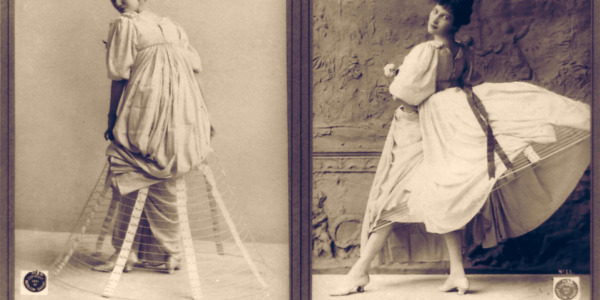Automation can be a wonderful thing. It can improve production in a plant by increasing production speed, or by freeing up workers to perform other tasks. It can lead to entirely new practices and promote the development of new technologies. Automation is incredibly useful in manufacturing, and is responsible for the industry’s current success. Indramat’s motion control is a prime example of how integral automation is to manufacturing. However, there are times when it’s harder to see the value of automation.
Take robotic dresses for example. On the surface they appear to be quite trivial and designed purely for the sake of fashion. It’s hard to see the point of an automated dress capable of getting big, or getting not big. There’s even a new 3D printed dress equipped with motion sensors that lashes out at innocent bystanders without discretion.
While this first generation of automated clothing seems a tad trifling, what if these garments were taken a step further? Current uses seem more like performance art than useful items, but that could change.
Useful robotic apparel
What if the technology was pursued and the garments could be automated in a way that was more useful and worthwhile? Robotic dresses could be the first step in useful robotic apparel. The Proximity Dress, like the Spider Dress, is intended to protect the wearer’s personal space, but arguably with greater control and less aggression.
The “Right Trousers” help people with limited mobility get up from a chair or walk across a room — or they will do that when they’re ready for market.
Imagine wearing a coat or jacket that could change depending on the weather in your surrounding environment. Sensors could detect moisture and deploy a hood to keep you dry.
Technology always has to start somewhere, especially with something as new and sophisticated as robotics. It would be absolutely wonderful if we could jump right in and develop a robotic garment that could adapt and respond to the environment you are in, but you have to take baby steps. In the case of automated clothing, the baby step comes in the form of dress that turns into a hoopskirt.
The technology used in motion control wasn’t just created in a day. It took years of research, development, trial, and error. All of that hard work resulted in a technology that is incredibly beneficial. Maybe one day robotic dresses could become something great!
